Table of content
Anji Old White Tea, a rare and prized green tea originating from Anji County in China’s Zhejiang Province, is renowned for its delicate flavor, pale jade color, and health benefits. Unlike other teas, Anji Old White Tea is crafted from the leaves of the Zhejiang Anji Bai Cha cultivar, a unique variety with low polyphenol content, resulting in a milder, almost sweet taste. However, like all fine teas, its quality is highly perishable if not stored correctly. Proper storage is not merely a recommendation but a necessity to retain its aroma, flavor, and nutritional value. This article delves into the science and art of preserving Anji Old White Tea, offering actionable advice to ensure every sip remains as exquisite as the day it was harvested.
Why Proper Storage Matters
Anji Old White Tea, despite its resilience compared to some oolong or pu-erh teas, is still a delicate product. Its leaves are minimally processed—typically steamed or pan-fired to halt oxidation—leaving them vulnerable to environmental factors. Exposure to heat, light, moisture, and odors can degrade its quality rapidly. Oxidation, the same chemical process that transforms green tea into black tea, accelerates when tea leaves interact with oxygen and humidity. This leads to a loss of vibrancy in flavor, a dulling of color, and a reduction in antioxidants like catechins.
Moreover, Anji Old White Tea’s subtle, grassy-sweet notes can easily be overpowered by external smells, such as those from spices, coffee, or cleaning agents. Poor storage also risks microbial growth, particularly in humid conditions, which can render the tea unsafe to consume. For collectors and enthusiasts, improper storage diminishes the tea’s value over time, as aged Anji Old White Tea is prized for its evolving complexity—but only when preserved correctly.
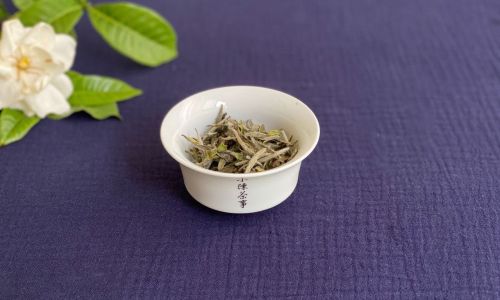
Key Factors Affecting Tea Storage
To master Anji Old White Tea preservation, one must first understand the environmental enemies of tea quality. The following factors are critical:
Temperature
Heat is the primary catalyst for chemical degradation. High temperatures accelerate oxidation and the breakdown of volatile compounds responsible for the tea’s aroma. Ideally, Anji Old White Tea should be stored at temperatures between 0°C (32°F) and 10°C (50°F). Room temperature (around 20–25°C/68–77°F) is acceptable for short-term storage but will shorten the tea’s lifespan. Refrigeration or freezing is recommended for long-term preservation, provided the tea is adequately sealed to prevent moisture absorption during temperature fluctuations.
Humidity
Moisture is tea’s nemesis. Even small amounts of humidity can cause mold growth, fermentation, or a stale taste. The ideal relative humidity for tea storage is below 60%. In humid climates, using desiccants like silica gel packets or rice can help absorb excess moisture. However, never store tea directly in contact with desiccants, as this can lead to over-drying and brittleness.
Light Exposure
Ultraviolet (UV) rays from sunlight or artificial light degrade chlorophyll and other pigments in tea leaves, causing them to fade and lose their vibrant green hue. Prolonged exposure also breaks down antioxidants and alters flavor profiles. Always store Anji Old White Tea in opaque, light-blocking containers.
Oxygen Exposure
Oxygen triggers oxidation, which, while part of the aging process for some teas (like pu-erh), is undesirable for green teas like Anji Old White Tea. Airtight containers minimize oxygen contact, slowing degradation. Vacuum sealing or using nitrogen-flushed packaging are effective methods for eliminating oxygen.
Odor Absorption
Tea leaves are highly porous and absorb surrounding smells. Store Anji Old White Tea away from strong-smelling foods, perfumes, or chemicals. Even seemingly innocuous items like wooden shelves or cardboard boxes can impart unwanted flavors if not properly cured or sealed.
Recommended Storage Methods
Now that we’ve identified the threats, let’s explore actionable storage solutions.
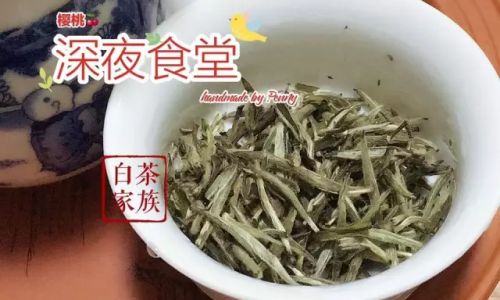
Airtight Containers
The cornerstone of tea storage is an airtight container. Materials like ceramic, dark glass, or stainless steel are ideal.
- Ceramic Jars: These are traditional and effective. Choose jars with gasket seals to ensure an airtight closure. Ceramic’s opacity protects against light, and its thickness insulates against temperature changes.
- Stainless Steel Tins: Lightweight and durable, stainless steel is odor-resistant and airtight. Opt for tins with double lids for extra security.
- Dark Glass Jars: Amber or cobalt blue glass blocks UV rays. Ensure the jar has a rubber seal and is stored in a cool, dark place.
Avoid: Plastic containers, as they can leach chemicals over time and may not be fully airtight. Clear glass jars are also unsuitable unless kept in a dark box.
Vacuum Sealing
For long-term storage, vacuum-sealed bags or canisters remove oxygen, halting oxidation. This method is particularly useful if you plan to age the tea for several years. However, vacuum sealing requires specialized equipment. If using this method, store the sealed bags in a cool, dark place.
Refrigeration and Freezing
Refrigeration (0–5°C/32–41°F) is excellent for preserving freshness for 6–12 months. Freezing (-18°C/0°F or lower) can extend shelf life up to 2–3 years.
Steps for Refrigeration/Freezing:
- Divide the tea into small portions to avoid repeated thawing.
- Seal each portion in an airtight, odor-proof bag (e.g., Mylar).
- Place the bag in a second container to prevent moisture absorption.
- Thaw frozen tea in the refrigerator overnight before opening to prevent condensation.
Avoid: Storing tea in the refrigerator door, where temperature fluctuations occur.
Desiccant Packs
In humid environments, include food-safe silica gel packets in your storage container. Replace them every few months to ensure effectiveness.

Avoiding Kitchen Storage
Kitchens are prone to temperature swings, humidity, and odors. Instead, store tea in a pantry, cellar, or dedicated tea cabinet.
Step-by-Step Guide to Storing Anji Old White Tea
- Purchase Quality Tea: Start with fresh, high-quality leaves. Old or improperly processed tea will not improve with storage.
- Pre-Dry Containers: If using ceramic or glass jars, bake them at 100°C (212°F) for 10 minutes to eliminate residual moisture. Allow them to cool completely before adding tea.
- Portion Control: Divide the tea into serving-sized batches. This minimizes exposure to air and light when accessing the tea.
- Seal Tightly: Use containers with rubber gaskets or screw-top lids. Press out excess air from bags before sealing.
- Label and Date: Note the harvest date and storage date to track freshness.
- Choose a Location: A dark, cool cupboard or drawer is ideal. Avoid windowsills, near ovens, or above refrigerators.
Common Mistakes to Avoid
- Storing Tea in the Original Packaging: Most commercial packaging is not airtight or light-proof. Transfer tea to dedicated containers immediately.
- Mixing Old and New Tea: Older leaves can impart stale flavors to fresh batches. Keep batches separate.
- Ignoring Climate: In humid areas, refrigeration is non-negotiable. In dry climates, room-temperature storage may suffice.
- Using Fragrant Containers: Avoid wooden boxes or ceramic jars that haven’t been properly cured, as they may release odors.
- Overhandling Tea: Frequent opening of containers exposes tea to air and moisture. Limit access to once every few weeks.
How to Check If Your Tea is Still Fresh
- Visual Inspection: Fresh Anji Old White Tea leaves should be pale green or silvery-white. Discoloration (brown or yellow hues) indicates oxidation.
- Aroma Test: Fresh tea has a grassy, floral scent. A musty or dull smell suggests degradation.
- Brewing Test: Brew a small sample. Fresh tea should have a clear, light yellow liquor with a crisp, slightly sweet taste. Stale tea tastes flat or bitter.
The Ideal Shelf Life of Anji Old White Tea
- Unopened, Properly Stored: 18–24 months.
- Opened, Properly Stored: 6–12 months.
- Refrigerated/Frozen: 2–3 years.
However, for optimal flavor, consume Anji Old White Tea within 6 months of purchase. Aging is not typically recommended for this tea, as its delicate profile is best enjoyed fresh.
Conclusion
Preserving Anji Old White Tea is a blend of science and mindfulness. By controlling temperature, humidity, light, oxygen, and odors, you can safeguard its ethereal qualities for months or even years. Whether you’re a casual drinker or a connoisseur, investing in proper storage containers and techniques ensures that every infusion of Anji Old White Tea remains a celebration of its origin and craftsmanship. Remember, tea is not merely a beverage—it’s a fleeting work of art, and your preservation methods are the frame that keeps it vibrant.
Final Tip: Treat your tea storage ritual with the same reverence as a tea ceremony. The care you invest today will be reflected in every cup you brew tomorrow.
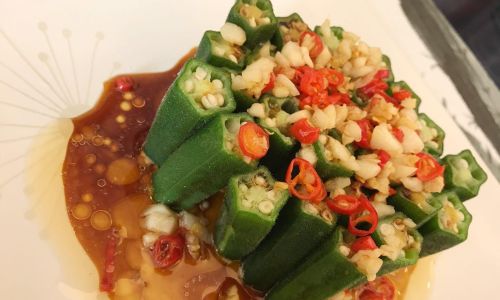
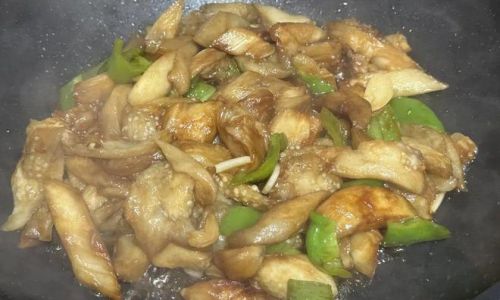

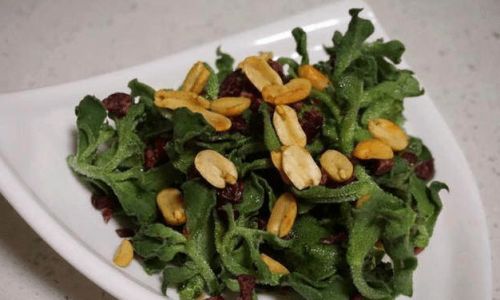
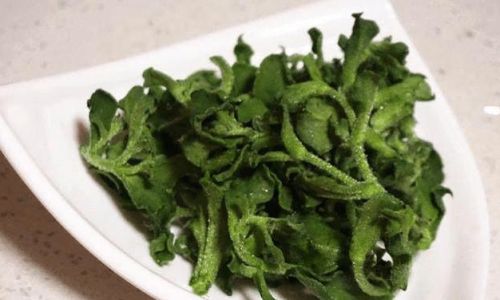
0 comments